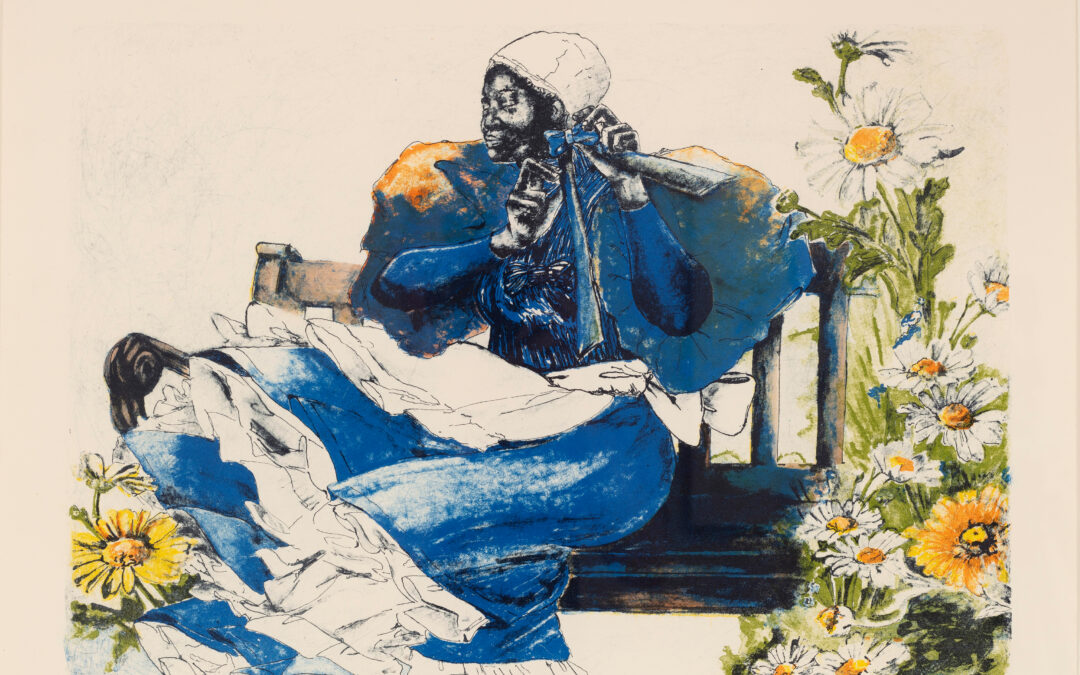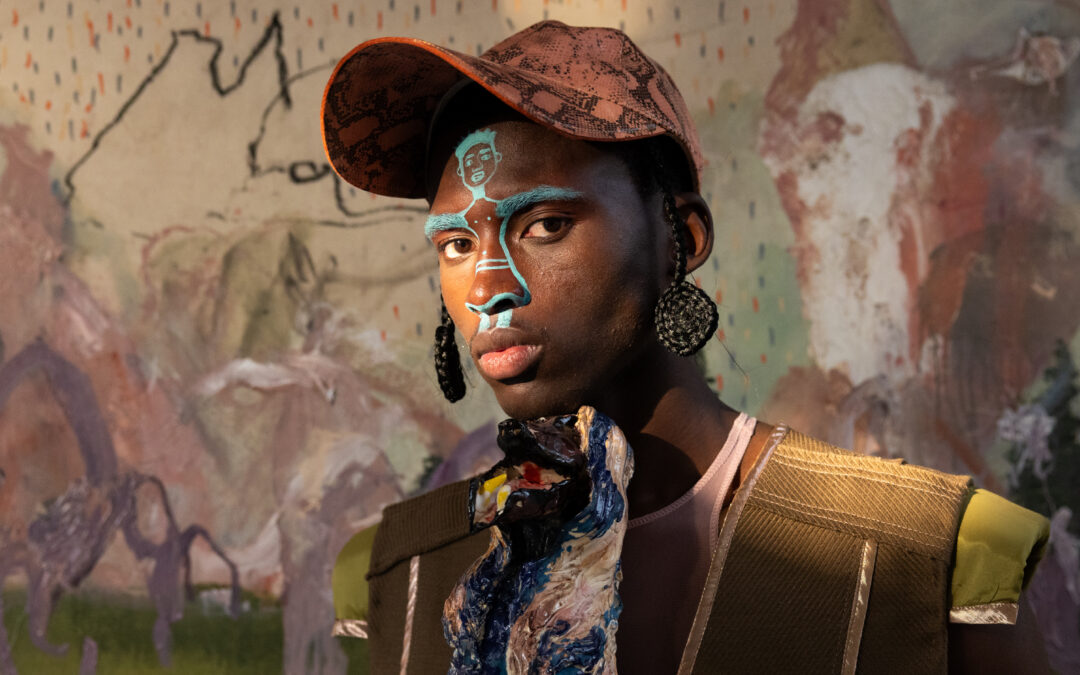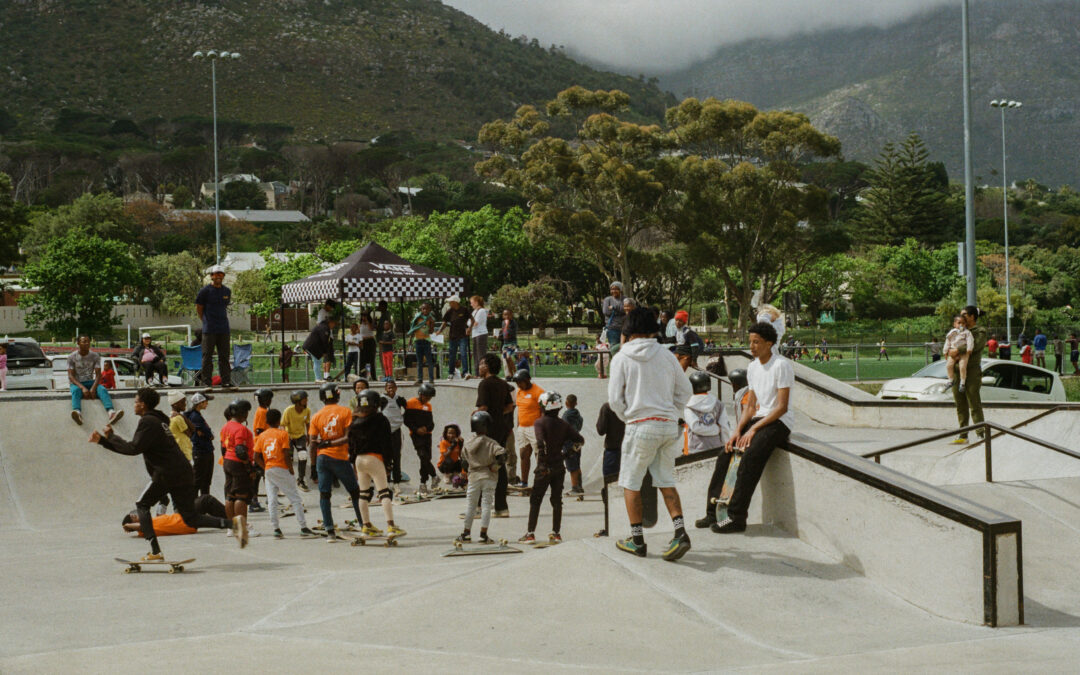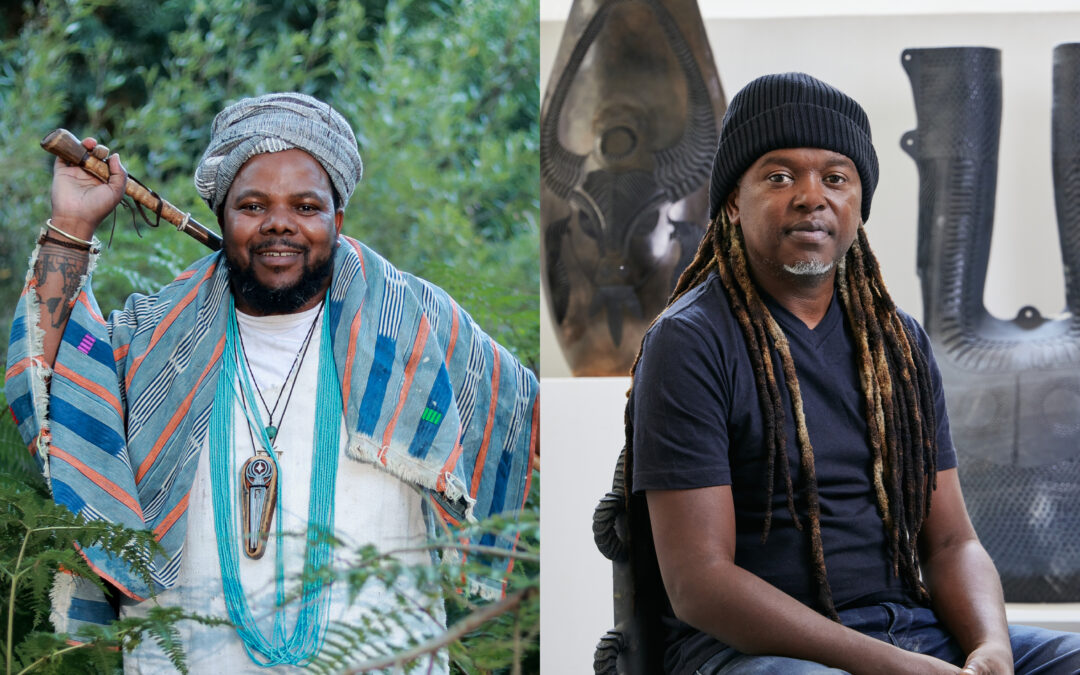Looking at the city centres, symptoms of monoculture are everywhere. Straight men don mullets, gorp-core fanatics wear their Solomon’s on the streets instead of hiking trails, and paperback books are just for decoration. As Soutis notes on the smashburger trend as a symbol of conformity, “Our culture is flattening. From our style to our smarts, our consciousness to our creativity, we have grown accustomed to applauding replication and expecting iteration.” Over and over again, online trends are mirrored offline, and suddenly everybody is obsessed with Sambas, protein, and Sabrina Carpenter simultaneously. Evidently, my irritation with Spotify’s increasingly generic algorithm is only symptomatic of a broader frustration with the slow commodification of countercultural movements into brand opportunities, ideas into aesthetics, and meaning into memes. You have to ask, why do all of our streaming sites rotate the same pop-adjacent mush? And when did ‘cool’ become so cookie-cutter?
The arts have, notoriously, signalled belonging and socio-political alignment. Similarly, counterculture was once about using our clothing, music, and language as a stylistic practice of resistance. Two decades ago, those who felt that traditional politics was insufficient to represent the masses, let alone the disenfranchised, would dissent dominant ideologies by practising creative agency as a political right. This is why the Sex Pistols took over the UK, chanting anti-elitism and punk; why the writers for Drum Magazine pioneered cultural criticism during South Africa’s heightened racial violence and media censorship laws; why the Blues became the sound of the Civil Rights Movement, a world over in Mississippi.

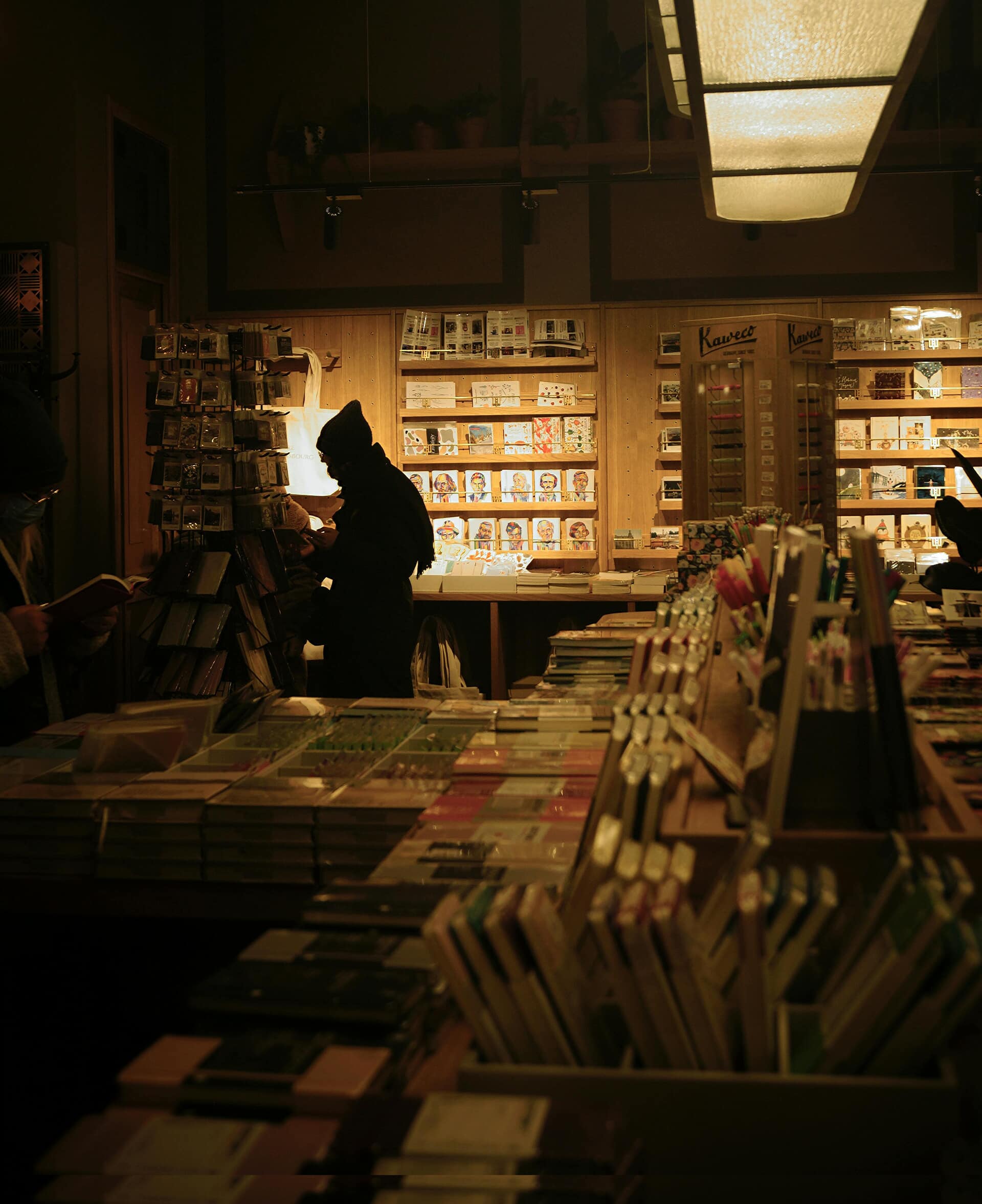
But, as it always does, digitalisation’s influence now reconstitutes culture so that it can be easily performed, without ever having to engage its origins or meaning. Through the mediated lens, countercultural practices feel more like an outfit to put on, rather than a praxis to live by. You can become Punk with just a simple ‘How To’ video and some black eyeliner, or Indie Sleaze with band t-shirts and ripped stockings. You don’t need to know why you love Aphex Twin. Or why you suddenly have to wear a pair of black loafers with white socks and a silk scarf around your head, you just need to know that it’s in. The songs and symbols and fashion that were once used to project personality, subjectivity, and motivation for a cause now fall short of symbolic meaning beyond ‘cool’ and ‘not cool’, ‘online’ and ‘offline’. And so, instead of countercultural diversity, we’re being subjected to sameness.
But, it isn’t entirely our fault. As the media landscape’s digitalisation continues to shift cultural consumption, so too does it reconfigure cultural creation and visibility. Social media is a key enabler of this shift. The more revenue-focused our platforms become, and the more attention-maximising their mechanisms, the more capable they are of turning the niche into the normative. Between sponsored posts, paid advertisements, influencer content and censorship mandates, it’s rare to stumble on authentic creativity and unfiltered passion projects.
Top that off with Recommendation Learning systems replacing Editors, and most of us are destined to live in an invariable echo chamber of cash-cow content. As Bea notes in her Substack article, The Death of the Public Intellectual, “The people who do shape culture—the ones who influence what we wear, how we speak, and even how we think—are no longer intellectuals, but influencers… it says something significant about what we value today. We no longer look to those who challenge us intellectually, we look to those who offer us a perfectly packaged lifestyle.”
The systematic capture of culture by a few large companies and some severely addictive (yet dissatisfying) social media mechanics is enough to make any creative sad. It’s also enough to explain why, on the surface, we seem to severely lack countercultural diversity in fashion, film, art and music. After all, how can radical creativity gain any traction in a context where non-human code curates our feeds, and Big Studios only want to fund money-grabbing sequels? (I’m looking at you, Practical Magic 2, Devil Wears Prada 2, and Freakier Friday. No wonder Matty from The Studio calls the job of Studio Head a “meat grinder” in an office that feels more like “a tomb” than a “temple of cinema”).
Most might blame our generation for being too dumb and overstimulated to produce work of worth any longer. But rather than blaming the people who, god forbid, own phones and use devices, we can acknowledge the bigger political problem at its core: that somewhere between Big Tech and Big Corporate, culture is dissolving into digitalised content, advertising, Amazon and IP theft.
As Cory Doctorow so plainly puts it in an interview titled How Big Tech Captured Culture: “Five publishers, four Studios, three labels, two ad-tech companies, and one company that controls all the ebooks and all the audiobooks in the world.” He’s talking about: HarperCollins, Simon & Schuster, Macmillan, Hachette, Penguin Random House, Universal Music Group, Sony Music Entertainment, Warner Music Group, formerly EMI (now largely integrated into Universal and Warner), Apple, Microsoft and Amazon. And then of course, there are the individual businessmen who control cultural flows through tech, including: Elon Musk (x), Mark Zuckerberg (Meta), Bezos (Amazon) and Ek (Spotify). This handful of people control the bulk of the world’s copyright, and thus the bulk of its music, movies and messaging platforms.
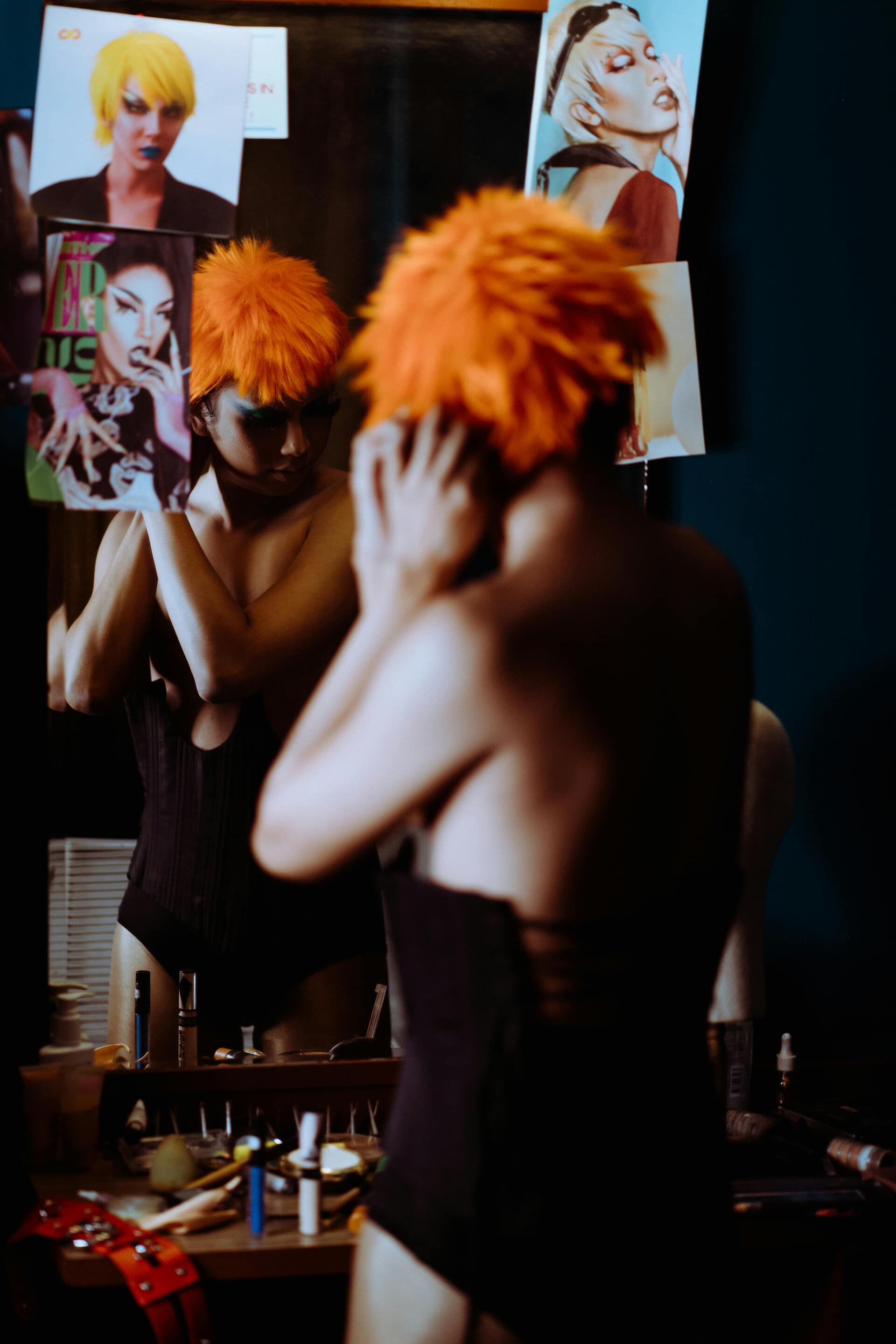
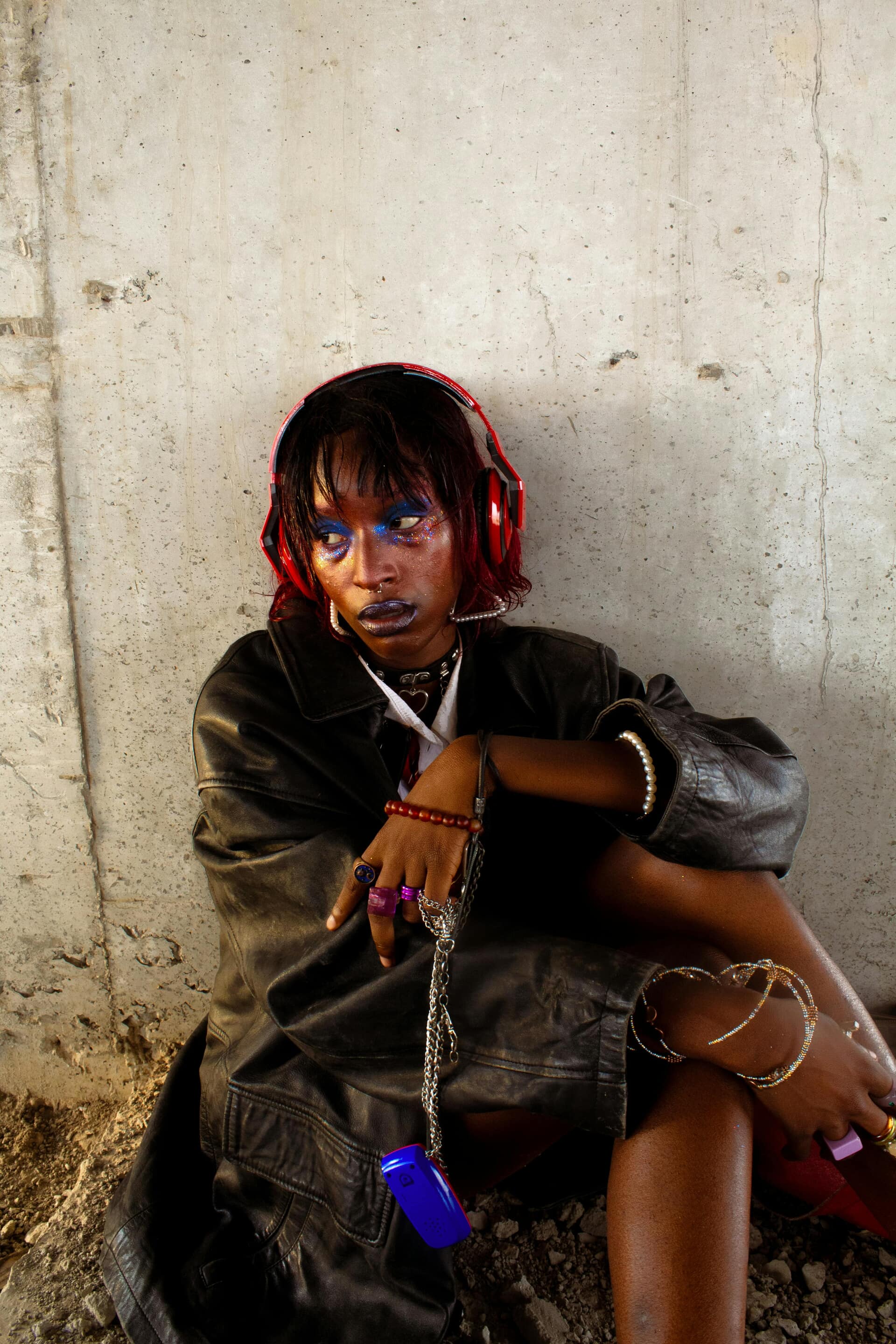
Doctorow calls this monopsony or ‘chokepoint capitalism’, a system in which a few key players become overpowered. He says, “These middlemen grow powerful enough to bend markets into hourglass shapes, with audiences at one end, masses of creators at the other, and themselves operating as a chokepoint in the middle. Since everyone has to go through them, they’re able to control the terms on which creative goods and services are exchanged – and extract more than their fair share of value.” Looking at the facts, no wonder everything sounds and looks the same. Big players make the calls while artists and creatives struggle to keep their heads above water. If cultural stagnation happens at the hands of commerce, we’re in some danger. Its warning signs are aestheticisation, performativity, and a confusion between ‘effort’ and ‘cringe’ – all of which are everywhere. Caught in these mass trend cycles that dictate our collective style, it’s no surprise that the Labubu looms large, larger than a sense of cultural meaning or value, diversity or surprise.
But – and this is a big but – if you’re reading this, you probably already know that countercultural work does exist despite digitalisation and labour insecurity. Right now, you’re supporting both me and CEC, reading content curated by and for Africans – in the current landscape, that choice means something. Where you could have doomscrolled, instead you engaged. To answer FKA Twigs, who asked “Where are all the thinkers?”: they’re out there. But like me, they’re probably trapped beneath the weight of nine-to-fives, hustling to keep up with the cost of living and make ends meet, to create out of meaning, not just commerce. But when culture isn’t compensated fairly, and influencers are idealised over intellectuals, we have no choice but to busy ourselves with some corporate gigs now and then. As a comedian joked recently at a Film Club screening, “All the great filmmakers are just waiting for that one chicken commercial.”
Being a creator in this economy is, in some ways, an inherently political act, something driven by vocational awe rather than profit motives (although we do still like to pay our bills, don’t be fooled). And as much as we can blame poor anti-competition laws, low wages for artists, and rapid corporatisation of Entertainment and Tech (which we really really can), we can also focus on what is working: collaboration and creativity despite it all. When everything starts to blend into itself, and all feels doomed, think of the local bands who put on free shows inside city fringes, the poetry collectives that convene without much more than a poster and a love for spoken word. Better yet, flip through the pages of indie press publications, or chat to the independent bookstore clerks. Buy an EP from an unknown, collect merch at the bar, stay loyal to the illustrator making screen-printed tees. Read MixMag roundups and New Music Fridays instead of relying on Your Discovery Weekly. Subscribe to a substack instead of taking Gemini roundups and TikTok hottakes as gospel. Wear the outfit because it makes you feel something, not because you have to. Exercise your creative agency. Call for the ethical remuneration of artists. Remind yourself that a diverse culture does exist, and its survival stands in opposition to everything bad and scary about the world right now.
Because that is, at its most essential core, what counterculture does. It defines its political alignment, its moral compass, by its engagements outside the ambit of pure commerce. Person to person, rather than B2B, artist-led communities are always better equipped to translate and trade their works among friends. So, if we can commit to bypassing the overpowered middlemen that sell us stuff on unfair bases, then perhaps we can reclaim creative engagement. And for our own sake, we must significantly reduce time spent on the apps, and reprioritise a commitment to the belief in art’s ability to move us. Because if the current media landscape only rewards speed and virality, then the best we can do is prioritise slowness and depth, assume intricacy and critique dominant ideology.
For more news, visit the Connect Everything Collective homepage www.ceconline.co.za


